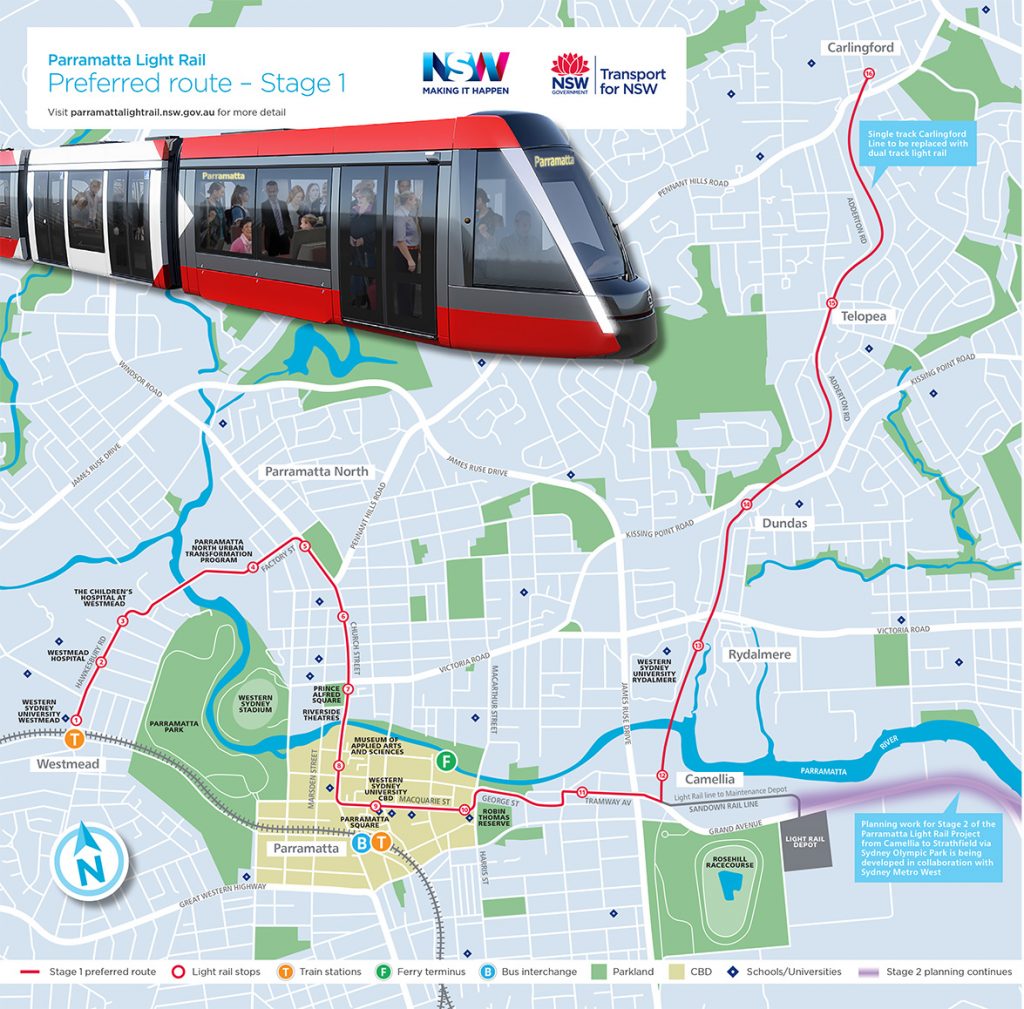
Given the heavy reliance on buses, this map would also include public transport other than just trains. This is another network that I would like to come back to and map with a bit more latitude. The regional one is also difficult to find and read. Figuring out the stations where non-urban trains stop – the regional and urban transport maps are quite separate.Finding a way to represent the Mandurah/Joondalup Line – the parameters of this project meant that I could not alter the colours (otherwise I would have just shown this as one line colour instead of two).Trying to find a way to make the Perth Station interchange work – the odd angles and different colours did not make this easy.The most frustrating aspects of making this map were: The Mandurah Line extending due south is the outlier but I think the general concept still holds. Given the ‘spiders web’ nature of the network with lines extending in all directions, I have based the design on four 45 degree angle axes. This dataset provides WCAG 2.0 compliant wayfinding maps for 42 Sydney light rail stops. The network currently consists of three passenger routes, the L1 Dulwich Hill (currently suspended), L2 Randwick and 元 Kingsford lines. Not only is it incredibly difficult to find a map of the rail network (they are all much larger network maps), but the map itself does not seem to have been updated in quite some time. Use the Moovit App to see live bus times, train schedule or subway schedule, and step-by-step directions for all public transit in Sydney. The Sydney light rail network is a light rail system serving the Australian city of Sydney. I have to say that out of all the existing official network maps, Perth’s needs the most work. This map was both frustrating to work on and very satisfying to complete. It would need a redesign when the Metro Tunnel finishes and if the Werribee Line is connected to the Regional Rail Link, but that’s in the future. Overall, the map is smaller than the PTV map (even accounting for the absence of regional stations and lines) and I think improves its legibility. Eliminating the need for a kink in the Sandringham Line south of South YarraĮagle-eyed readers may have also noticed that this map reflects the upcoming timetable changes most notably removing the Frankston Line from the City Loop (at least until the Metro Tunnel opens in 2025).Designing the Ringwood corridor as a largely 45 degree angled line to save on space and make it easier to follow.


Making the City Loop designed as a ‘proper’ circle shape.

I have included some tweaks and design solutions that I had been thinking about for a while. As it’s the place that I know best, it took me a long time to come at it from a genuinely fresh perspective. As with Adelaide, I have mapped Melbourne’s rail network quite a few times before.


 0 kommentar(er)
0 kommentar(er)
